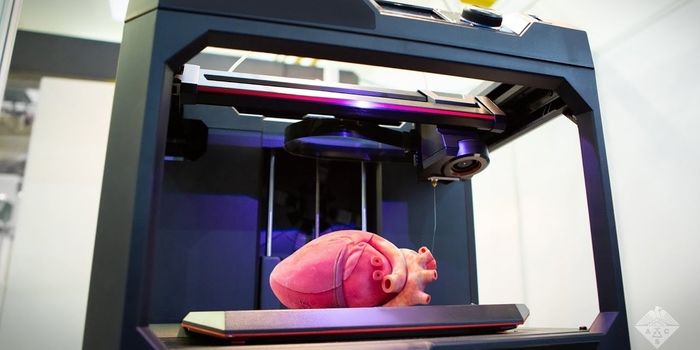A Robotic Helping Hand
Ever wish you had a way to get more done? Scientists at the Advanced Telecommunications Research Institute in Kyoto Japan might be able to give you a hand…a robotic hand that is. While neuroscientists and medical engineers have spent decades looking for ways for amputees or patients with paralysis to use robotics, the latest development is a third arm that can augment what a human can do, and it’s controlled via a brain-computer interface. Tests on the prototype showed that out of fifteen test subjects, eight were able to use their two arms to balance a ball on a tray in front of them, while using the interface and their brain waves to get the third arm to pick up a water bottle.
It started with asking study volunteers to imagine opening and closing their hand to pick up an object. The researchers recorded these brain signals and using AI were able to turn it into an instruction for the robotic arm. It’s a small advance, but it’s a start. Having a third robotic arm that can assist a person in performing a task, without wires, would be a huge advantage. The work represents a big leap in brain-controlled robotics. The researchers hope to find a way to use the interface technology to possibly retrain the brain after injury or illness.








